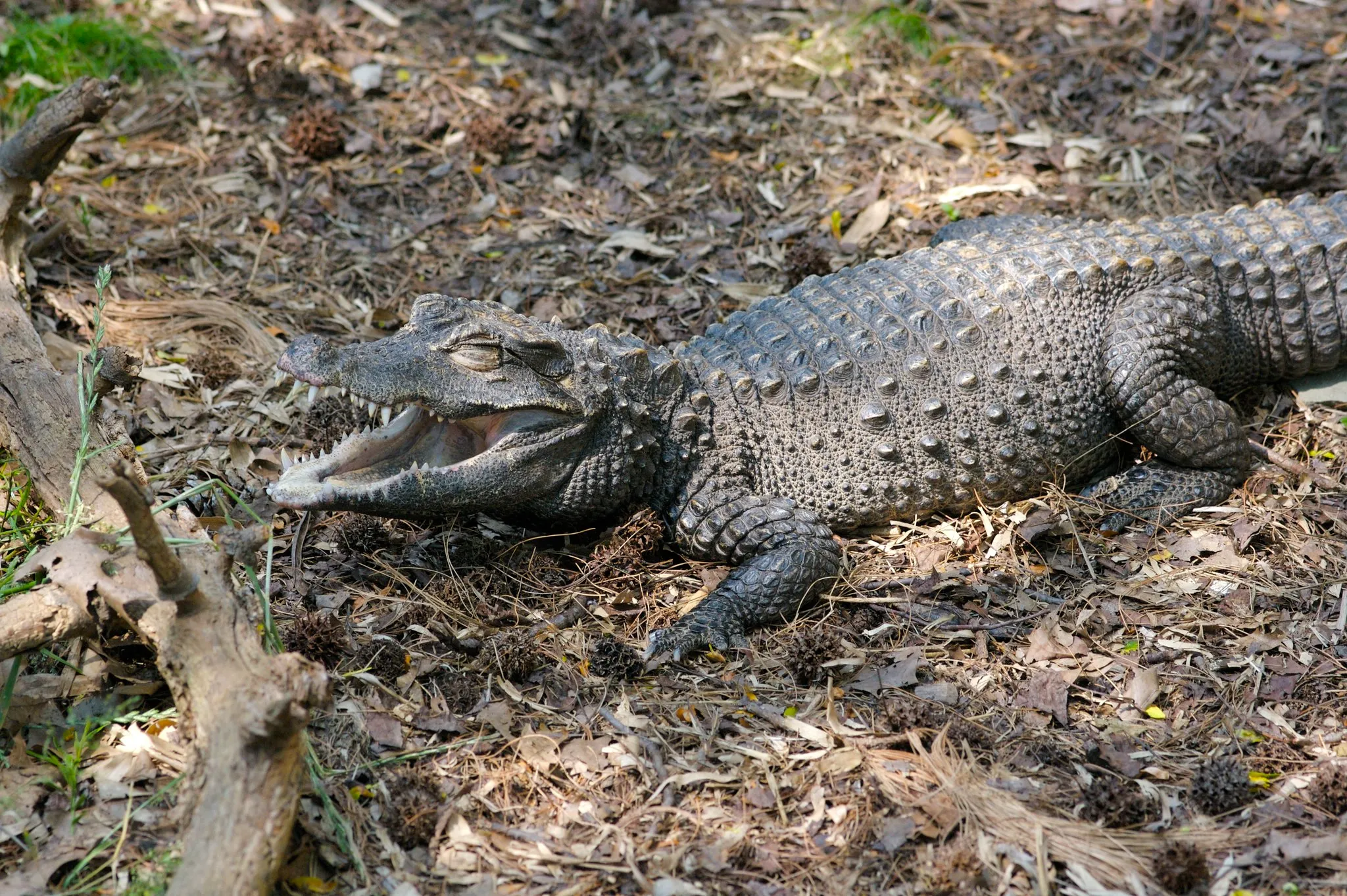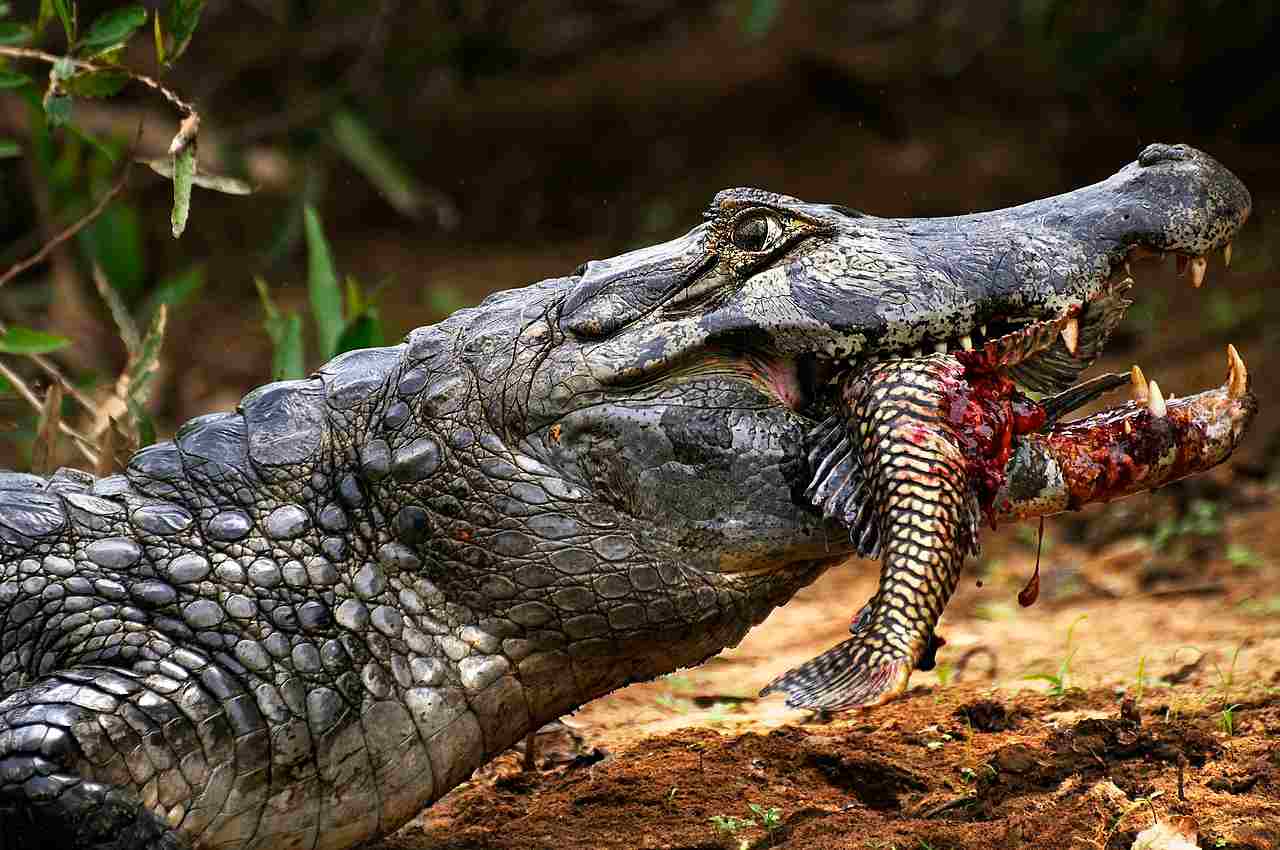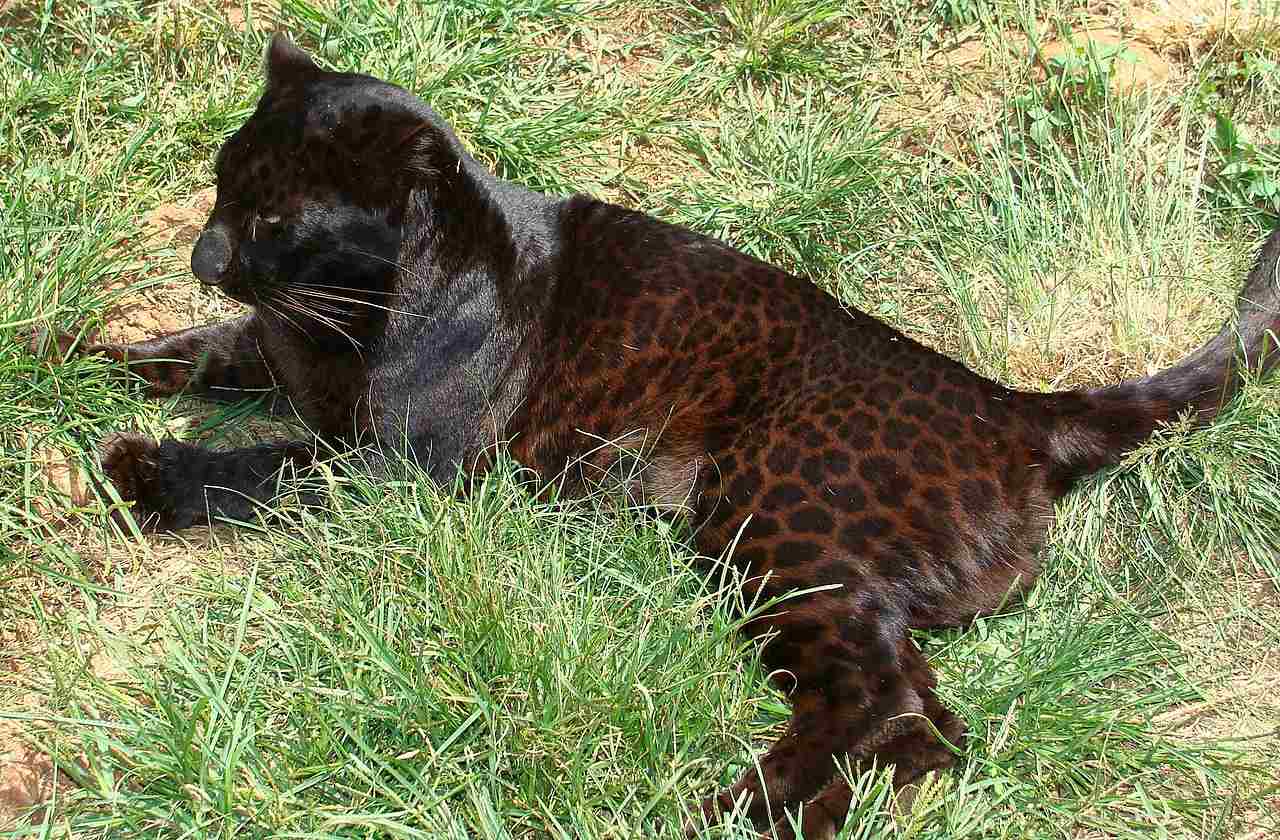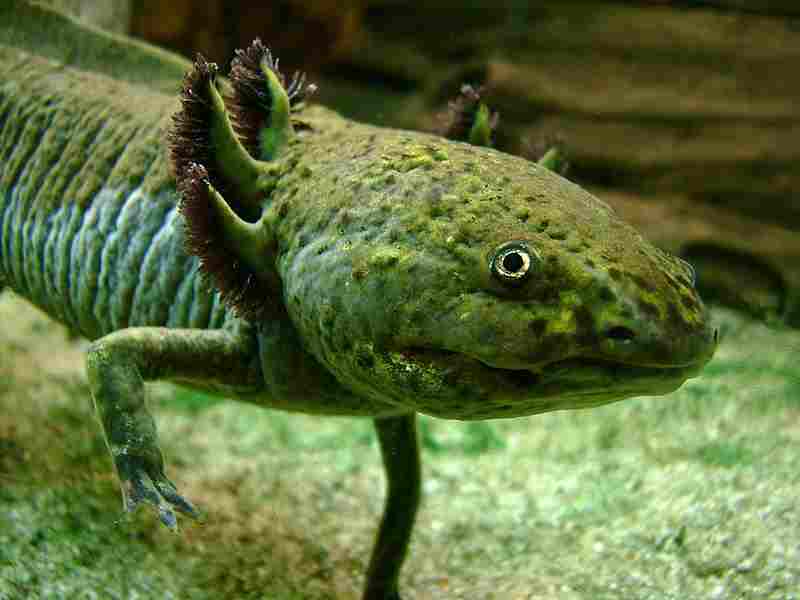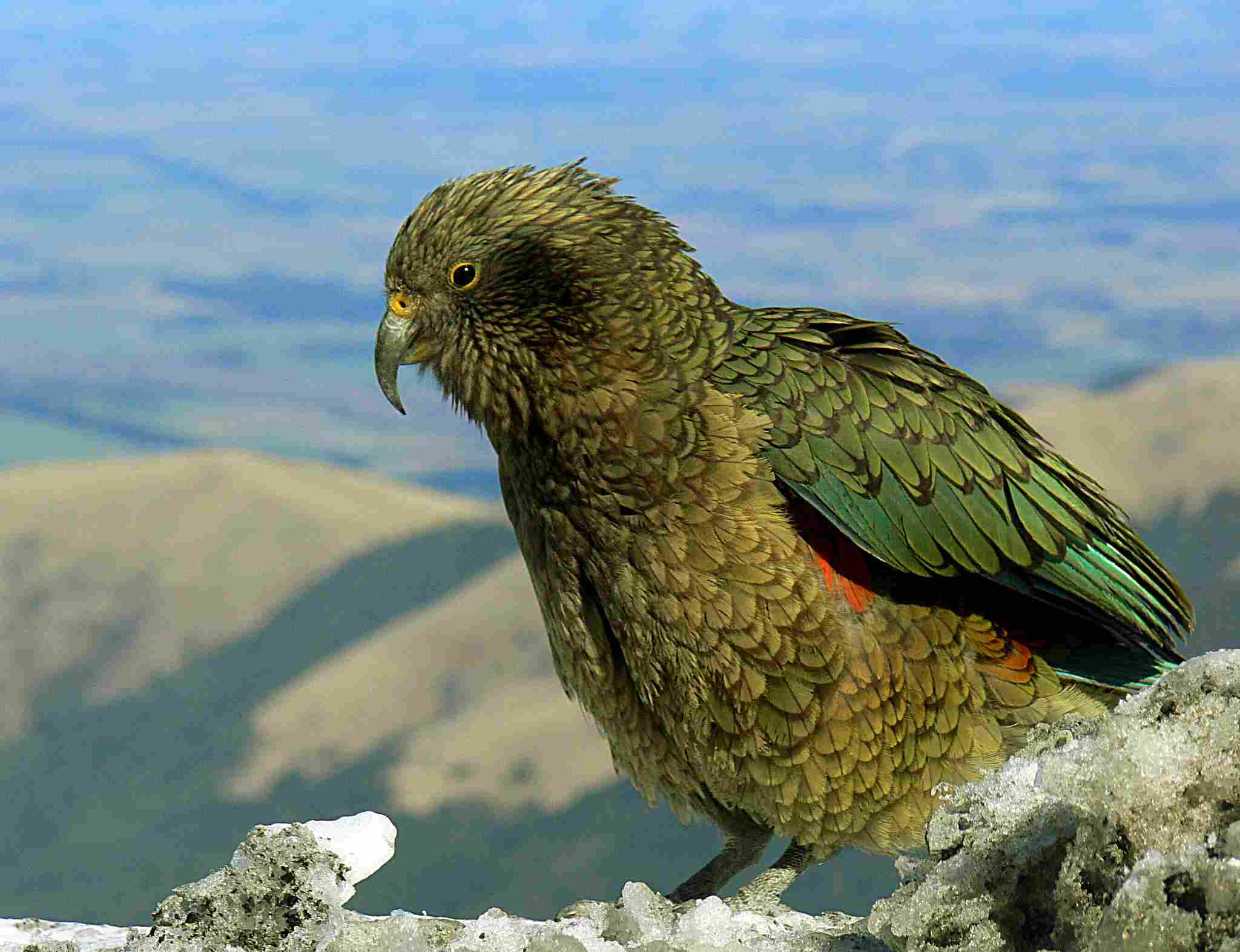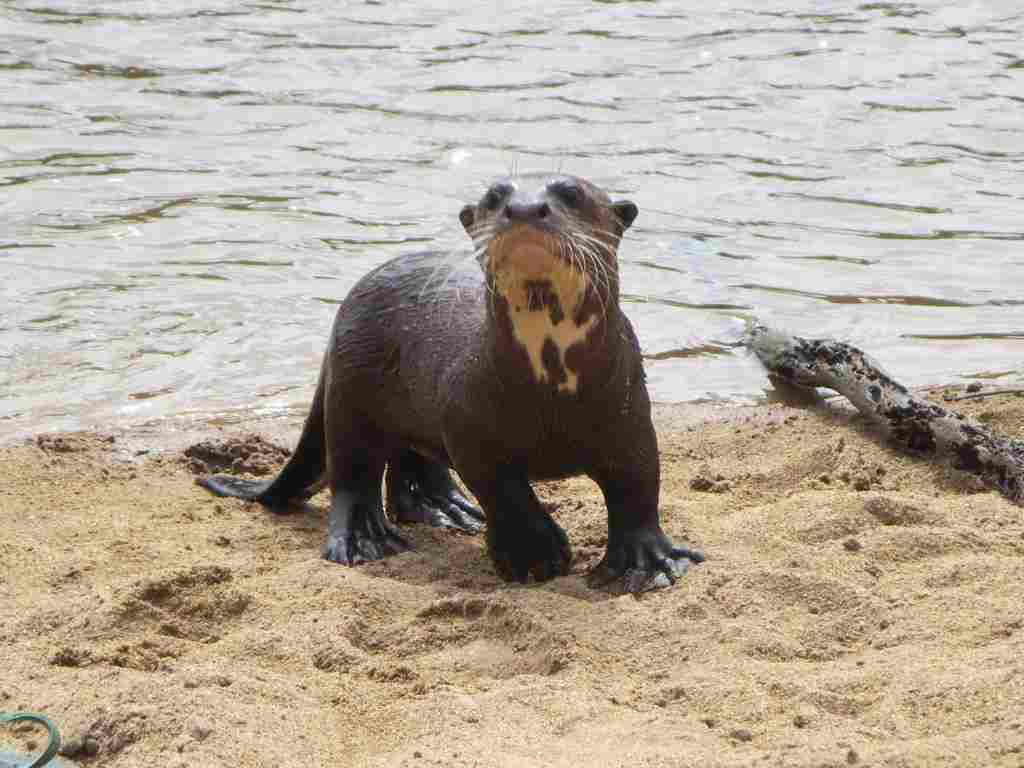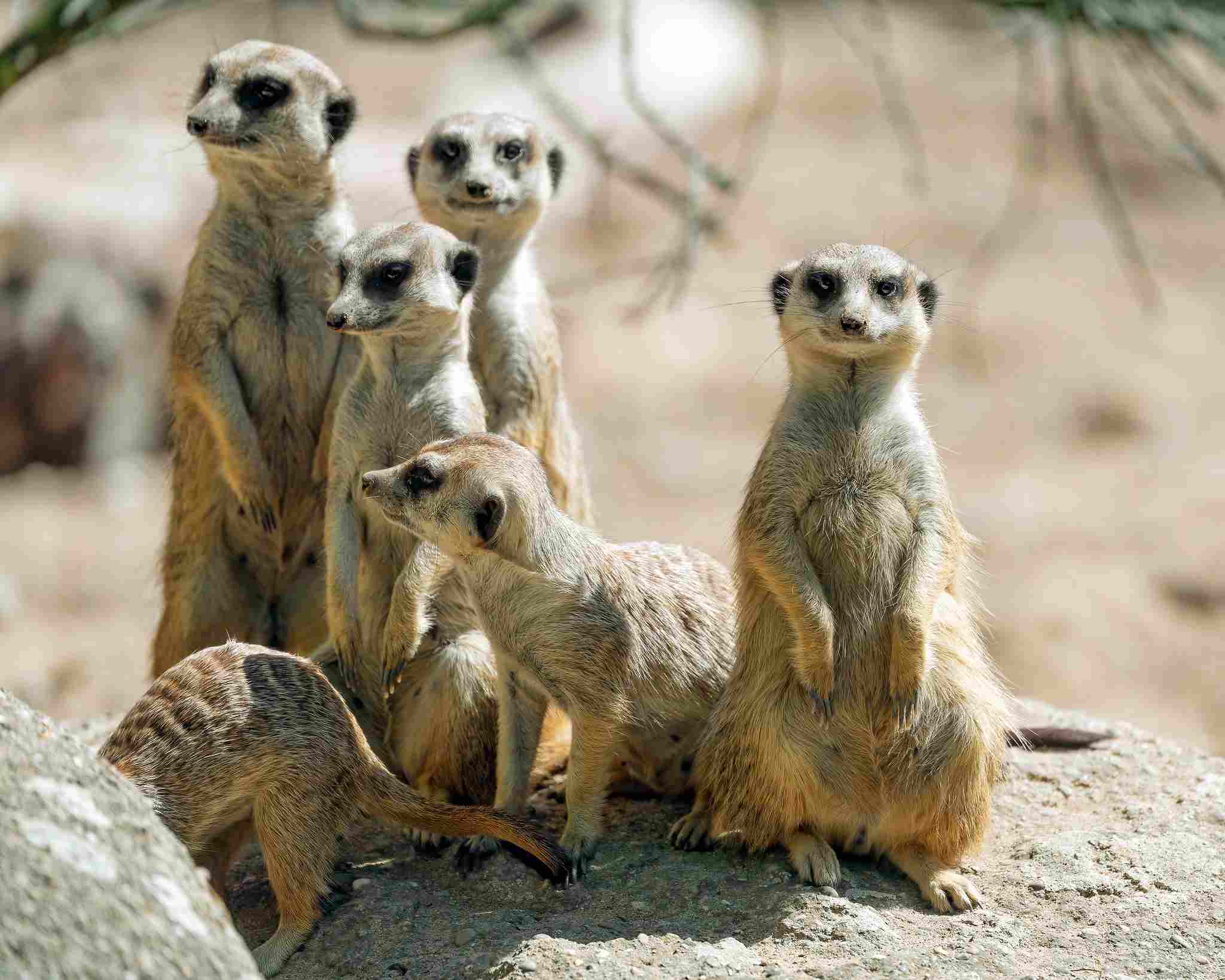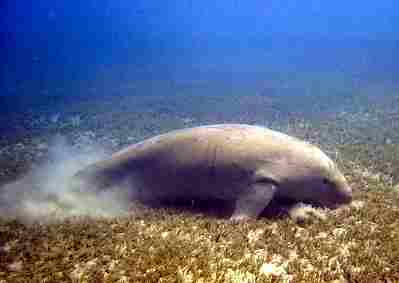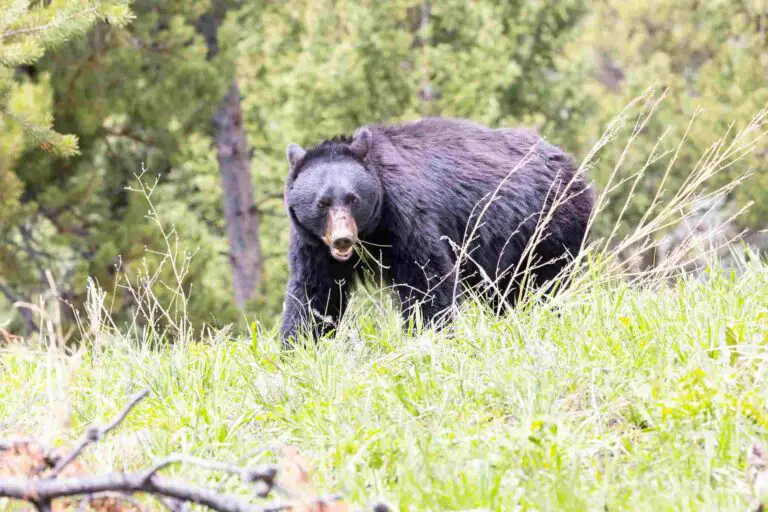9+ Predators In The Jungle And Their Characteristics
Examples of predators in the jungle include the stealthy leopard and the powerful jaguar, both facing threats from habitat loss and human-wildlife conflict. The arapaima, one of the largest freshwater fish, and the piranha, known for its sharp teeth, are found in South American rivers and face threats from overfishing and misconceptions, respectively. Birds of prey like the harpy eagle and the African crested eagle, as well as reptiles like the black caiman and the Congo dwarf crocodile, are also key predators in the jungle but are threatened by deforestation and human encroachment. Lastly, the river otter and the ocelot, known for their playful behavior and distinctive spotted coat, face challenges from habitat loss and pollution.
1. Leopard
The leopard (Panthera pardus) is a versatile and adaptable big cat found across Africa and parts of Asia. Recognized for its distinctive golden coat with black rosettes, this predator is renowned for its stealth and agility. Leopards are opportunistic hunters and can prey on a wide range of animals, from small rodents to larger ungulates like deer. They are adept climbers, often carrying their kills into trees to avoid scavengers, and are equally at home in forests, savannas, and mountains. Unlike some other big cats, leopards are largely solitary, with each individual maintaining a territory that it marks with scent and scratch marks.
Despite their adaptability, leopards face threats from habitat loss and human-wildlife conflict. In some regions, they are hunted for their beautiful fur or killed to protect livestock. Conservation efforts aim to reduce these conflicts and preserve leopard populations. Leopards are crucial to their ecosystems, controlling prey populations and providing carrion for scavengers. Their adaptability and resourcefulness make them fascinating subjects of study, yet their elusive nature means much about their behavior and ecology remains a mystery.
2. Jaguar
The jaguar (Panthera onca) is the largest big cat in the Americas and third largest in the world, after the tiger and lion. With a muscular build and powerful jaws, the jaguar is known for its ability to crush the skulls or shells of its prey, including turtles and even caimans. Its coat features a pattern of black rosettes, similar to leopards but with a central dot, giving it a unique appearance. Jaguars primarily inhabit the rainforests of Central and South America but can also be found in savannas and swamplands, adapting to a variety of habitats.
Jaguars are apex predators, playing a critical role in maintaining the balance of their ecosystems. They are skilled swimmers and often hunt in or near water, targeting prey such as capybaras, fish, and deer. Despite their formidable presence, jaguars face significant threats from deforestation and habitat fragmentation, which reduce their hunting grounds and increase human-jaguar conflicts. Conservation efforts are focused on creating wildlife corridors and reducing poaching to ensure the survival of this majestic big cat.
3. Arapaima
The arapaima (Arapaima gigas) is one of the largest freshwater fish in the world, native to the Amazon River basin in South America. It can grow up to 3 meters long and weigh over 200 kilograms, making it a formidable predator in its aquatic environment. The arapaima has a unique breathing system, allowing it to gulp air from the surface, which helps it survive in oxygen-poor waters. Its diet consists of fish, crustaceans, and small animals that venture near the water’s surface.
Arapaimas have a striking appearance with their long, torpedo-shaped bodies and large scales that are often a dark green or black with red accents. Despite their size and strength, arapaimas face threats from overfishing and habitat degradation due to deforestation and pollution. Conservation efforts focus on sustainable fishing practices and habitat restoration to preserve this important species within the Amazon ecosystem.
4. Piranha
Piranhas are a group of freshwater fish known for their sharp teeth and aggressive feeding behavior. Found in the rivers and lakes of South America, particularly the Amazon basin, piranhas are often depicted in popular culture as ferocious predators. While they are carnivorous and capable of stripping flesh quickly, their actual behavior is more complex, with many species preferring a diet of fish, insects, and even plant matter.
Piranhas play a vital role in their ecosystems, helping to control fish populations and clean up organic matter. They typically hunt in schools, which provides protection against larger predators and increases their hunting efficiency. However, piranhas can also be preyed upon by larger fish, birds, and mammals. The common misconception of piranhas as mindless killers has led to unnecessary culling in some areas. Conservation efforts aim to correct these misconceptions and promote a balanced understanding of their role in the ecosystem.
5. Harpy Eagle
The harpy eagle (Harpia harpyja) is one of the largest and most powerful eagles in the world. Native to the rainforests of Central and South America, this majestic bird has a distinctive appearance with its crest of feathers, large talons, and impressive wingspan. Harpy eagles are apex predators, preying primarily on arboreal mammals like monkeys and sloths, but they can also hunt other birds and reptiles.
Harpy eagles require vast territories to hunt and nest, making them vulnerable to deforestation and habitat loss. They build large nests high in the canopy, where they typically raise a single chick every two to three years. Conservation efforts focus on protecting their habitats and educating local communities about the importance of these eagles in maintaining healthy forest ecosystems. Despite their fearsome reputation, harpy eagles are threatened by human activities, and their numbers are declining in many parts of their range.
6. African Crested Eagle
The African crested eagle (Lophaetus occipitalis) is a medium-sized bird of prey found in sub-Saharan Africa, known for its distinctive crest of feathers and striking black-and-white plumage. This eagle is primarily found in open woodlands and savannas, where it hunts small mammals, birds, reptiles, and insects. Its keen eyesight and powerful talons make it a formidable predator in its habitat.
Despite its adaptability, the African crested eagle faces threats from habitat loss and human encroachment. These eagles often nest in tall trees, making them vulnerable to deforestation and agricultural expansion. Conservation efforts aim to protect their habitats and monitor their populations to ensure their survival. The African crested eagle plays an important role in its ecosystem, helping to control prey populations and maintain a balanced environment.
7. Black Caiman
The black caiman (Melanosuchus niger) is the largest caiman species, native to the Amazon basin and other parts of northern South America. With a length of up to 5 meters and a dark, almost black, coloration, it is a dominant predator in its habitat. Black caimans are carnivorous, preying on a variety of animals, including fish, birds, reptiles, and small to medium-sized mammals. They are apex predators, helping to maintain the ecological balance in their wetland environments.
The black caiman faced severe threats in the mid-20th century due to extensive hunting for its skin, leading to significant population declines. However, protective legislation and conservation efforts have allowed populations to recover in many areas. Despite this recovery, black caimans continue to face threats from habitat destruction and human encroachment. Conservationists are working to ensure their habitats are preserved and that these apex predators continue to play their vital role in the Amazonian ecosystem.
8. Congo Dwarf Crocodile
The Congo dwarf crocodile (Osteolaemus tetraspis) is one of the smallest crocodile species, found in the tropical forests and swamps of Central and West Africa. With a length of up to 1.9 meters, it is much smaller than its larger crocodilian relatives. Despite its size, the Congo dwarf crocodile is a skilled predator, preying on fish, amphibians, crustaceans, and small mammals. It is well-adapted to its environment, with a robust build and strong scales that protect it from predators.
The Congo dwarf crocodile faces significant threats from habitat loss and hunting. Deforestation and agricultural expansion have reduced its habitat, while hunting for its meat and scales has led to population declines. Conservation efforts focus on protecting its habitats and enforcing anti-poaching laws to ensure the survival of this unique crocodile. Given its role in maintaining the balance of its forest ecosystem, the conservation of the Congo dwarf crocodile is crucial for the health of its environment.
9. Tiger
The tiger (Panthera tigris) is the largest of the big cats, known for its striking orange coat with black stripes. Found in parts of Asia, tigers are powerful predators, preying on large ungulates like deer and wild boar. They are solitary animals, with males and females coming together only for mating. Tigers are apex predators, playing a crucial role in controlling prey populations and maintaining the health of their ecosystems.
Tigers face significant threats from habitat loss and poaching. Deforestation and agricultural expansion have reduced their habitats, while poaching for their skins and body parts has led to dramatic population declines. Conservation efforts focus on creating protected areas, enforcing anti-poaching laws, and raising awareness about the importance of tigers in the environment. Despite these efforts, many tiger subspecies remain critically endangered, highlighting the need for continued conservation work to ensure their survival.
10. River Otter
The river otter (Lutra canadensis) is a playful and agile mammal found in freshwater habitats across North America. Known for its sleek fur, webbed feet, and streamlined body, the river otter is an adept swimmer and diver. It primarily feeds on fish, but its diet also includes amphibians, crustaceans, and small mammals. River otters are social animals, often seen in groups, and their playful behavior makes them a favorite among wildlife enthusiasts.
Despite their charm, river otters face threats from habitat loss and pollution. Agricultural runoff, industrial pollution, and habitat destruction have reduced their populations in some areas. Conservation efforts focus on protecting waterways and reducing pollution to ensure healthy habitats for river otters. These efforts also benefit other species in their ecosystems, as river otters are indicators of clean and healthy water systems. The successful conservation of river otters relies on collaborative efforts to protect and restore their habitats.
11. Ocelot
The ocelot (Leopardus pardalis) is a strikingly beautiful wild cat found in the tropical forests and grasslands of the Americas. Recognized for its distinctive spotted coat, the ocelot is a stealthy and agile predator. It primarily preys on small mammals, birds, reptiles, and insects, hunting under the cover of darkness. The ocelot is a solitary animal, with males and females maintaining separate territories, only coming together for mating.
The ocelot faces threats from habitat loss and illegal pet trade. Deforestation and agricultural expansion have reduced its habitat, while illegal capture for the exotic pet market has led to population declines in some areas. Conservation efforts focus on protecting its habitats and reducing illegal trade to ensure the survival of this stunning wild cat. Ocelots play an important role in maintaining the balance of their ecosystems, controlling small mammal populations and helping to sustain the health of their environments.
*Summary
-
Leopard
-
Found across Africa and Asia.
-
Known for stealth, agility, and carrying kills into trees.
-
Threatened by habitat loss and human-wildlife conflict.
-
-
Jaguar
-
Largest big cat in the Americas.
-
Known for powerful jaws and ability to crush skulls and shells.
-
Threatened by deforestation and habitat fragmentation.
-
-
Arapaima
-
One of the largest freshwater fish in the world.
-
Found in the Amazon basin.
-
Threatened by overfishing and habitat degradation.
-
-
Piranha
-
Known for sharp teeth and aggressive feeding behavior.
-
Found in South America.
-
Threatened by misconceptions leading to unnecessary culling.
-
-
Harpy Eagle
-
One of the largest and most powerful eagles.
-
Found in Central and South American rainforests.
-
Threatened by deforestation and habitat loss.
-
-
African Crested Eagle
-
Medium-sized bird of prey with a distinctive crest.
-
Found in sub-Saharan Africa.
-
Threatened by habitat loss and human encroachment.
-
-
Black Caiman
-
Largest caiman species.
-
Found in the Amazon basin.
-
Threatened by habitat destruction and human encroachment.
-
-
Congo Dwarf Crocodile
-
One of the smallest crocodile species.
-
Found in Central and West Africa.
-
Threatened by habitat loss and hunting.
-
-
Tiger
-
Largest of the big cats.
-
Found in parts of Asia.
-
Threatened by habitat loss and poaching.
-
-
River Otter
-
Playful mammal found in North America.
-
Threatened by habitat loss and pollution.
-
-
Ocelot
-
Wild cat with a distinctive spotted coat.
-
Found in the Americas.
-
Threatened by habitat loss and illegal pet trade.
-
| Predator |
Key Features and Threats
|
| Leopard |
Agile, stealthy; habitat loss, human-wildlife conflict
|
| Jaguar |
Largest cat in Americas; deforestation, habitat fragmentation
|
| Arapaima |
Large freshwater fish; overfishing, habitat degradation
|
| Piranha |
Sharp teeth; misconceptions leading to culling
|
| Harpy Eagle |
Large, powerful eagle; deforestation, habitat loss
|
| African Crested Eagle |
Distinctive crest; habitat loss, human encroachment
|
| Black Caiman |
Largest caiman; habitat destruction, human encroachment
|
| Congo Dwarf Crocodile |
Small crocodile; habitat loss, hunting
|
| Tiger |
Largest big cat; habitat loss, poaching
|
| River Otter |
Playful mammal; habitat loss, pollution
|
| Ocelot |
Spotted wild cat; habitat loss, illegal pet trade
|
